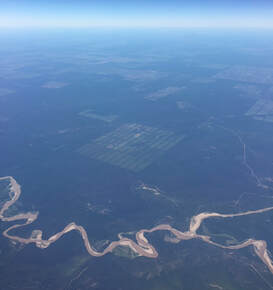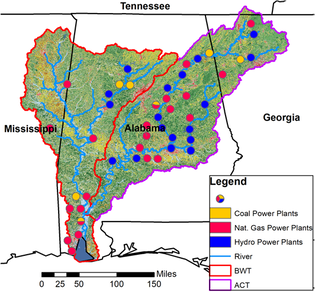|
The Global Land Rush: A Socio-Environmental Synthesis
This NASA-funded interdisciplinary project is conducting an integrated global synthesis of large-scale land acquisitions (LSLAs), a growing phenomenon in the global South as governments and transnational investors seek to secure access to land in developing countries to produce food, bio-fuels, and non-agricultural commodities. Consequences of LSLAs vary widely across the globe, ranging from land improvement and creation of new livelihood opportunities to land degradation and dispossession of land from local inhabitants. Distant connections between land systems are not new, but rising evidence indicates that such cross-scaled telecoupled socio-economic and environmental interactions as a result of LSLAs have grown stronger, with more rapid feedbacks. |
EAGER ISN: Anticipatory Interdiction in Narco-Trafficking Networks
This research integrates geographic, operations engineering, and criminological perspectives – to investigate spatial adaptive behaviors of narco-trafficking networks in response to various counterdrug interdiction strategies within the cocaine transit zone of Central America and associated maritime areas. Through the novel application of the ‘complex adaptive systems’ paradigm, we implement a potentially transformative coupled agent-based and interdiction optimization modeling approach to compellingly demonstrate: (a) how current efforts to disrupt narco-trafficking networks are in fact making them more widespread, resilient, and economically powerful; (b) the potential for alternative interdiction approaches to weaken and contain traffickers. |
Food-Energy-Water Nexus in the Deep South: A Latent System Primed for Transition From Rain-fed to Irrigation-fed Agriculture
This project is investigating the food-energy-water (FEW) systems impacts of transitioning from rain-fed to irrigation-fed (RFtoIF) agriculture in Alabama. The Deep South states, including Alabama, Georgia, and Mississippi, continue to experience one of the highest poverty rates in the nation. As agriculture plays a significant role in the economies of these states, one potential option for their economic resurgence is through a drastic increase in agricultural productivity. The study is being conducted in the Mobile River Basin encompassing portions of Alabama, Georgia and Mississippi. The overarching goal of this project is to develop a refined assessment of the feasibility of the RFtoIF transition and the potential rural economic benefits achievable within the FEW nexus in regions of the Deep South. |
|
Coastal Residential Location Choices and Adaption to Repeated Hazards
This project explores adaptive decision-making of residential housing consumers, landowners, and developers in coastal communities exposed to repeat coastal hazards, such as hurricanes and chronic shoreline erosion. An economic agent-based model of Coupled Housing and Land Markets (CHALMS) simulates the location choices, insurance purchasing decisions, and risk perceptions of coastal residents, and how coastal risks are capitalized (or not) into coastal housing and land markets. |
|




